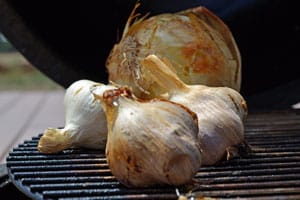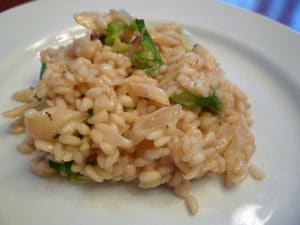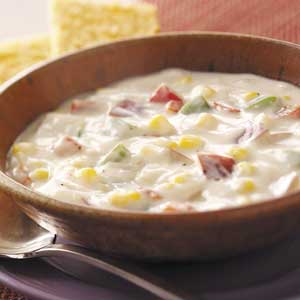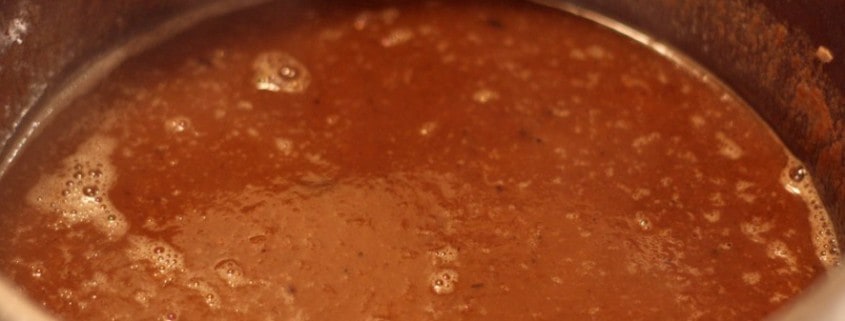With the garden in full production at this time of year, there is usually an over-abundance of fresh vegetables, especially tomatoes, basil and parsley. Of course, the first thought is a pasta sauce, but after the first few gallons have been made the magic fades a bit.
What else is there to create that is reasonably quick and stunningly delicious? With that we bring you a trio of antipasto recipes. These are perfect for light grazing through an evening with friends, or for just the two of you on the back deck watching a summer evening fade into twilight.
We will start with the simplest one first. It has been called a caponata spread, but is closer to a tapenade. This has been one of our go-to recipes for more than a decade, and came from a local wood-fired restaurant that has long since closed its doors. This is simple and quick to make and keeps well.
All of them are addictive, so double the amount you make for friends and you might have some left to enjoy the next day!
Zuma’s Caponata Spread
We will often use this as a base or starting point and substitute what is fresh at the moment. Adding green Spanish olives adds a nice flavor, as does adding one anchovy to move it more into the tapenade category. If we are pressed for time, we omit the onion and substitute 1/4 cup fresh garlic for the roasted.
- 1 cup olive oil
- 1/2 cup capers
- 1/2 cup black olives
- 1/2 cup fresh basil
- 1/2 cup fresh parsley
- 2 cups Roma tomatoes
- 1 large roasted onion
- 2 heads of roasted garlic
- Sea salt and freshly ground black pepper to taste
- Add all ingredients to food processor and pulse to a slightly chunky consistency.
- Store in refrigerator for at least 2 hours for flavors to blend. Serve with toasted bread or crackers.
Serves 4 – 6 as appetizers, 2 – 3 as antipasto
Classic Tapanade from Saveur Magazine
- 1 clove garlic
- 1 anchovy filet
- 1 tsp. chopped, rinsed, salt-packed capers
- 1/2 cup chopped, pitted olives
- 1 tbsp. chopped parsley
- 1/4 cup extra-virgin olive oil
- Juice from 1/4 of a lemon
- Crush garlic and anchovy filet with a mortar and pestle, then mix in capers, olives, and parsley.
- Stir in olive oil, add lemon juice, and combine well with a fork.
- Alternatively, add garlic and anchovy to food processor and pulse till blended, then add in capers, olives and parsley. Pulse to chop well while drizzling in olive oil, then add lemon juice and mix well.
Serves 4 – 6 as appetizers, 2 – 3 as antipasto
Sicilian Caponata
This is an adaptation of one of the oldest, most widely travelled recipes from the Mediterranean region, with several cultures contributing to the flavors and preparation. If you use fresh-from-the-garden eggplant you might not need to do the salting step, as this is used to remove bitterness.
- 2 eggplants (about 2 lbs.), cut into 1â„2″ cubes
- 3/4 cup extra-virgin olive oil
- 1 large yellow onion, coarsely chopped
- 1 anchovy filet, chopped
- 3 ripe medium tomatoes (about 1 lb.), cored, peeled, and coarsely chopped
- 2 ribs celery, thinly sliced
- 1â„4 cup red wine vinegar
- 2 tbsp. sugar
- 2 tbsp. tomato paste
- 2 tbsp. golden raisins
- 2 tbsp. pine nuts
- 2 tbsp. capers, rinsed
- 12 pitted green olives coarsely chopped
- 1 red bell pepper, roasted, peeled, cored, seeded, and thinly sliced
- 2 tbsp. coarsely chopped basil
- 2 tbsp. coarsely chopped flat-leaf parsley
- Sea salt and freshly ground black pepper to taste
- Put eggplant into a colander set over a large bowl; toss with 1 tbsp. salt. Top with a plate weighted down with several large cans; let drain for 1 hour. Rinse eggplant and pat dry with paper towels.
- Heat 2 tbsp. oil in a large skillet over medium-high heat. Add one-third of the eggplant and cook until golden brown, 7–8 minutes. Using a slotted spoon, transfer eggplant to a bowl. Repeat with oil and remaining eggplant.
- Reduce heat to medium-low and add remaining oil, onions, and anchovies; cook until soft, 14–15 minutes.
- Add tomatoes and celery and increase heat to medium; cook until tomatoes release their juices, 5–6 minutes.
- Add vinegar, sugar, and tomato paste; cook until thickened, 3–4 minutes.
- Add cooked eggplant, raisins, pine nuts, capers, olives, roasted peppers, and salt and pepper to taste. Cook until hot.
- Transfer to a plate; let cool slightly. Top with basil and parsley.
- Serve at room temperature.
Serves 4 – 6 as appetizers, 2 – 3 as antipasto





